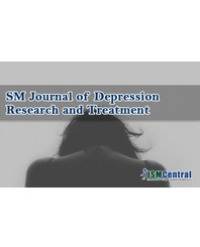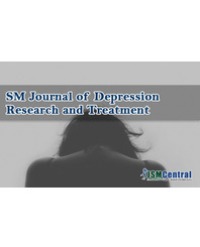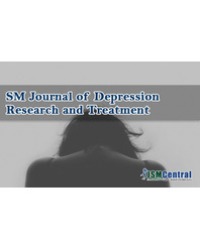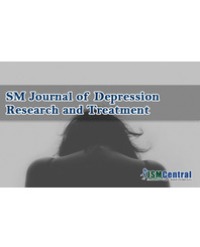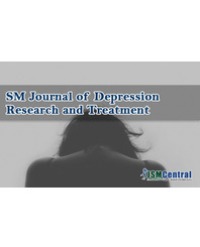
Prolonged Hypomanic, Five Years Running Wild: Case Report
Bipolar disorder is characterized by episodes of depression, hypomania e mania. Usually the hypomanic and manic phases are briefer than depressive ones. Presence of comorbidities with other psychiatric disorders is common: nearly 45% of bipolar patients are associated with personality disorders obscuring accurate diagnosis. We aimed to report a case where hypomania symptoms lasted five years, as there was a long life history of dysfunctional behavior; hypomanic symptoms were mistaken as personality. Diagnosis of bipolar disorder only was done when it evolved to mania. There was complete recovery of mood symptoms with mood stabilizer.
Bianca Caroline Alvim Tomaz¹, Guilherme Lavras Costallat², and Elaine Henna³*

